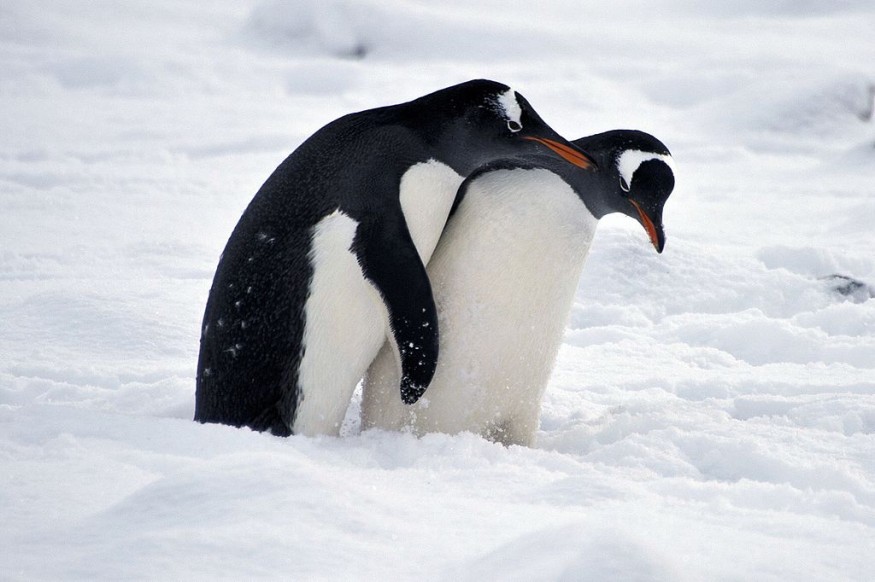
Depending on what the word "group" entails, it is highly debatable which animal forms the biggest group on Earth. Whether they be in colonies, herds, schools, or up in the sky, oceans, and desert plains, there are certainly several contenders on the list.
On one of ornithologist Noah Strycker's unusual quests, he came across several thousand chinstrap penguins on Elephant Island. He and his colleagues reveal that this species, gathered in millions in some Antarctic locations, actually forms one of the biggest colonies of penguins on Earth.
"They are quite beautiful. It almost looks like smoke," Strycker told Live Science. "And it just gets you wondering, how many of them are there?" There are roughly 1 million in the average murmuration, and can reach 2 million on the South Sandwich Islands off Antarctica they found. This led him to an even more ambitious question: "Beyond birds, what's the biggest group of animals ever recorded on Earth?"
Up in the Sky
In Strycker's book called "The Thing with Feathers: The Surprising Lives of Birds and What They Reveal About Being Human", he discovered that in the bird category, those charismatic penguins fall far behind the red-billed quelea, a small migratory, sparrow-like bird native to Sub-Saharan Africa. They can gather in single flocks of several million and are now considered to be the most abundant wild bird in the world, according to Audobon.
However, there is another bird species that was even more populous and was once abundant across American skies: the passenger pigeon.
"There are stories of people standing there and watching a single flock of passenger pigeons fly over them for hours or days at a time, which is crazy!" Strycker said, but of course, that was in 1866 when hunting did not drive animals to extinction.
Abundance Down Below
Shifting down from the sky and onto the ocean, here are fish and land species that contend for the most populous creature on Earth ever recorded.
The passenger pigeon's closest contender so far is the Atlantic herring, one of the most abundant species of fish on the planet. Found on both sides of the Atlantic Ocean, they congregate together in schools that exceed 4 billion. Other species don't even come close to the tally, but the numbers are still pretty impressive to not be mentioned.
There are migratory mammals like springbok and wildebeest in southern Africa that have gathered in herds, exceeding 1 million in the past. Their herd is so vast that their processional marches across the sun-beaten savanna took weeks.
Meanwhile, their winged mammalian cousins in Texas - the Mexican free-tailed bats - live in a single cave that's home to more than 20 million of them, according to Bat Conservation.
Lastly, beneath the Earth's surface are vast colonies of the Argentine ant, which was unintentionally introduced from South America to Europe about 100 years ago. The "industrious creature" has formed the world's largest known continuous colony: a behemoth that stretches 3,700 miles (6,000 km) underground across vast swathes of Europe.
While the question "what animal forms the biggest group" seems simple, "it seems like such a quantifiable question, and yet the more you dig down into it, the harder it becomes to define what do you mean by a 'group'," Strycker said. "It's so difficult to estimate large concentrations."
Nonetheless, the boom in animal populations suggests the sheer abundance of life on Earth and human influence that serves to protect it.
Related article : Cat Hormones Offer Clue on Why These Felines Tolerate Cohabitation
© 2025 NatureWorldNews.com All rights reserved. Do not reproduce without permission.





